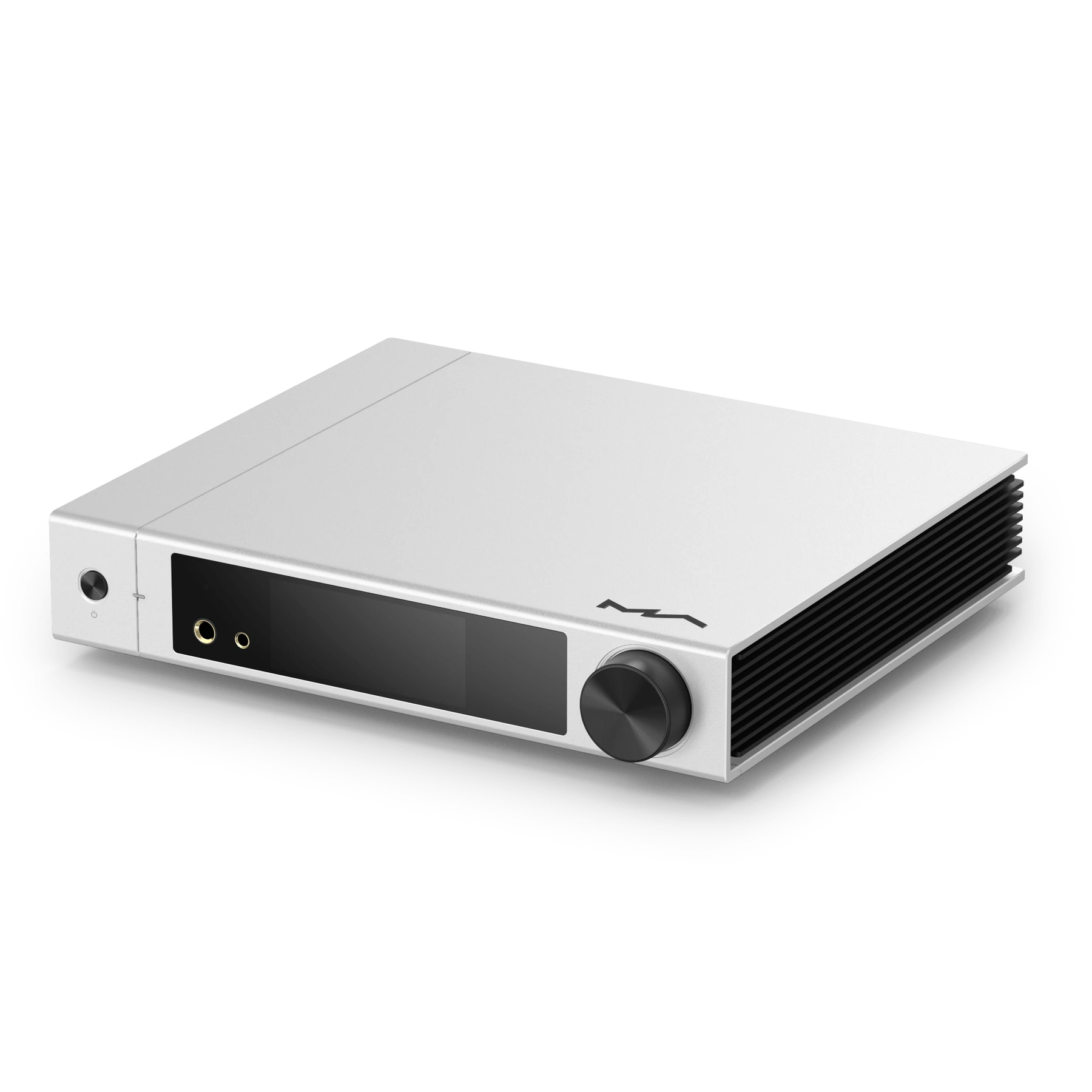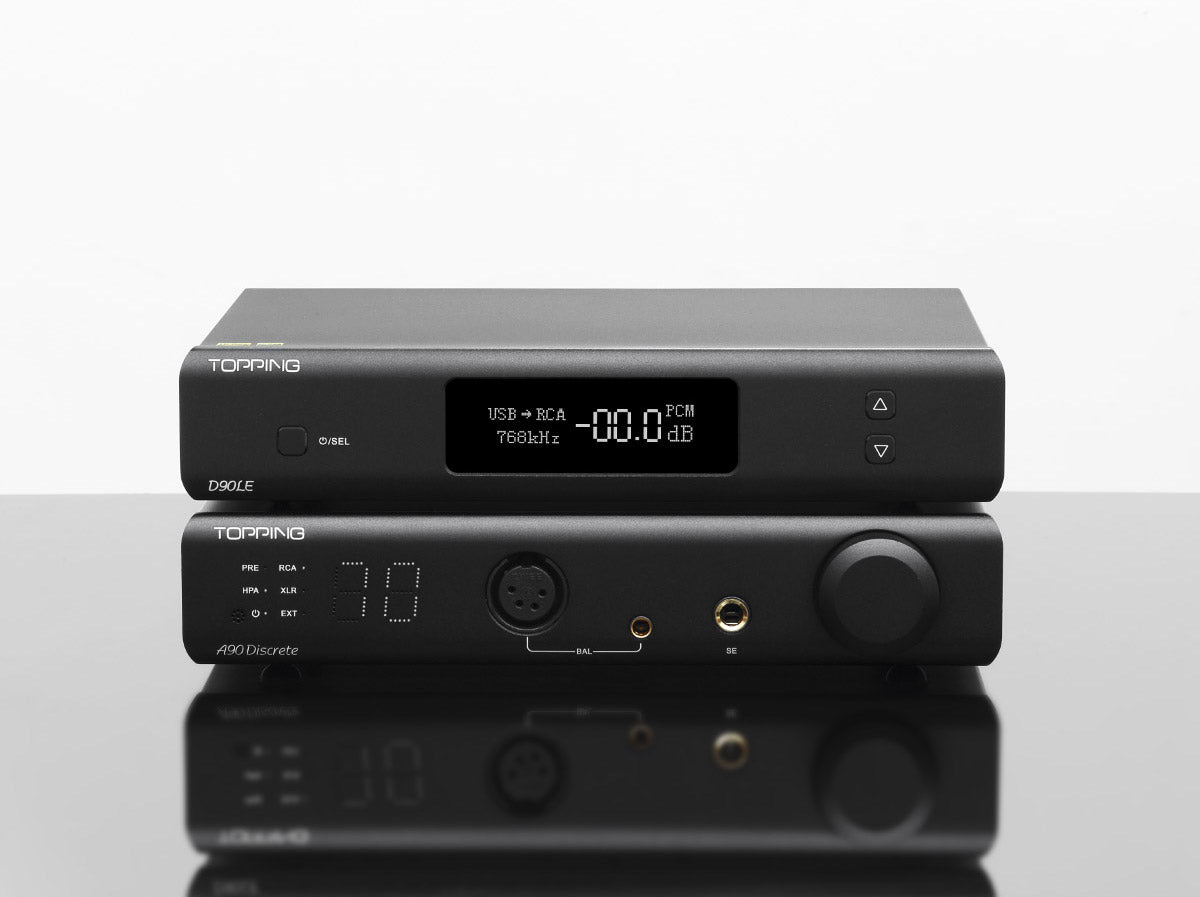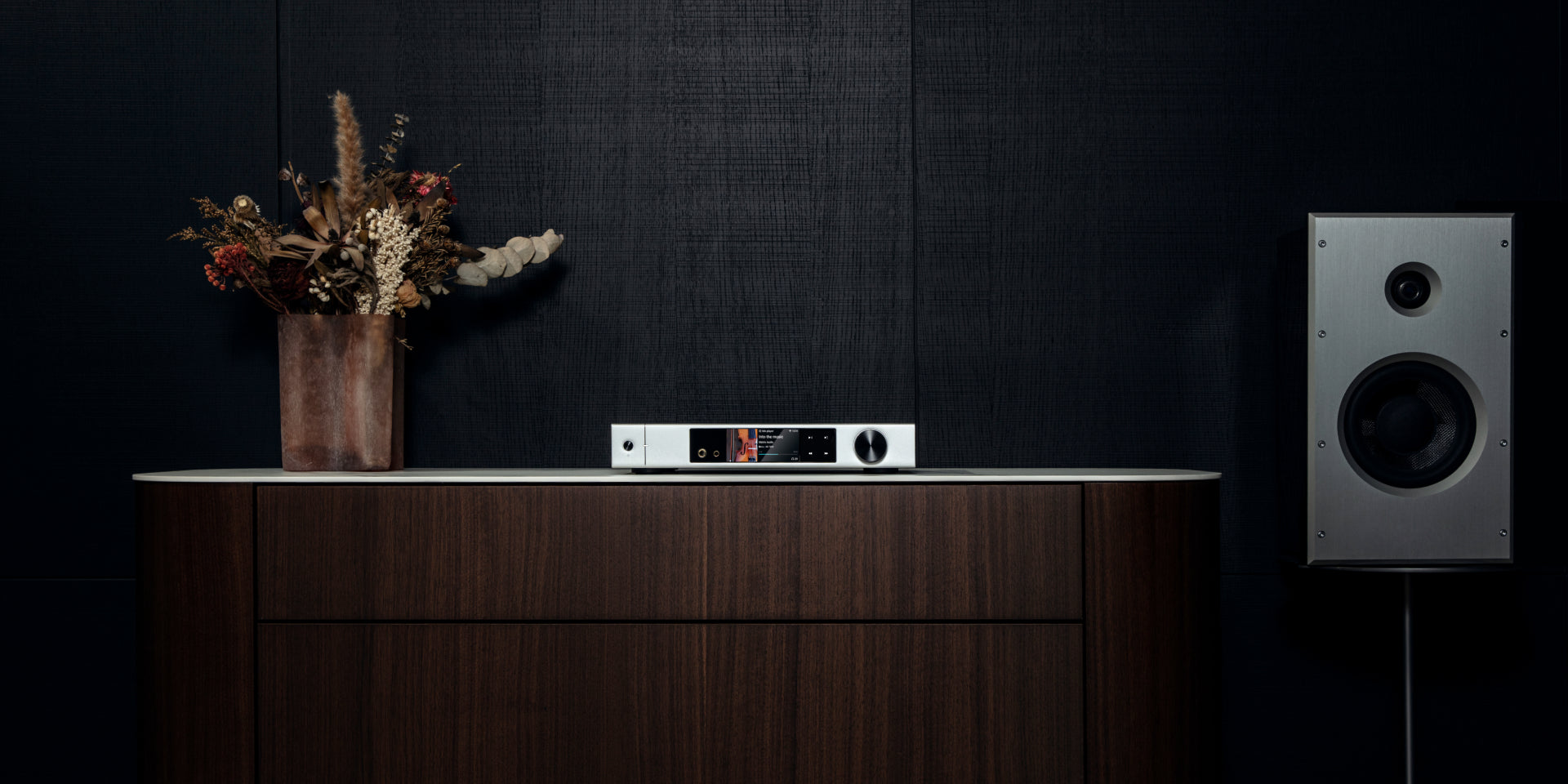
We Compared the Matrix element X2 vs element M2 vs element i2
Conventional wisdom says that all-in-one DAC/Amps are worse than a stack of individual devices. When you stick all of those components into one shared box, they typically create a huge increase in overall electrical interference (i.e. noise). But Matrix Audio has been changing the conversation. Their all-in-one DAC/Amps have been wowing reviewers like Zeos Pantera and Joshua Valour with their spotless specs and sumptuous sound profiles.
Matrix Audio recently released the second generation of their element series: the X2, M2, and i2 DAC/Amp/Streamer. Packed with features and trailed by a novel-length specs list, these devices can be intimidating to customers. We know your pain, so we've tried to simplify things for you by making a comparison chart.
Putting it all on the table
Let’s put it all on the table (literally). Below is a comparison chart between the all-in-ones. We’ve highlighted in Apos Red the instances where one has clearly bested the others or where two have tied.
|
Matrix element X2 MQA DAC/Amp/Streamer |
Matrix element M2 MQA DAC/Amp/Music Streamer |
Matrix element i2 MQA DAC/Amp/Music Streamer |
|
|
Price |
$4,399 |
$3,099 |
$1,580 |
|
Dimensions |
13.39” x 10.20” x 2.28” |
11.02” x 10.20” x 2.28” |
9.45” x 10.20” x 2.28” |
|
Weight |
8.82lbs |
7.71lbs |
5.73lbs |
|
Inputs |
|
|
|
|
Outputs |
|
|
|
|
DAC chip |
ES9038PRO |
ES9028PRO |
ES9038Q2M |
|
CPU |
NXP i.MX 6Quad 4x Cortex-A9 @1.2 GHz |
NXP i.MX 6Quad Cortex-A9 |
NXP i.MX 6Quad Cortex-A9 |
|
Clock source |
Crystek CCHD-950 |
Crystek CCHD-950 |
Crystek CCHD-950 |
|
WLAN |
2.4 GHz / 5 GHz |
2.4 GHz / 5 GHz |
2.4 GHz / 5 GHz |
|
MA Remote App |
Yes |
Yes |
Yes |
| Amplifier type | Full-balanced, 8 independent amplification units | Full-balanced, 4-channel | Full-balanced, 4-channel |
|
Max sampling rates |
|
|
|
|
Max SNR |
|
|
|
|
Max THD+N |
|
|
|
|
Channel crosstalk |
|
|
|
|
Roon Ready |
Under certification test |
Under certification test |
Under certification test |
|
Async/Sync clock modes |
Yes |
Yes |
No |
|
Dual independent power supplies |
Yes |
Yes |
No |
| RM4 Remote control | Yes | Yes | Yes |
| Built-in pre-amplifier | Yes | No | No |
Takeaways
While you might have expected the X2, as the most expensive model, to be the clear winner here in terms of features and specs, the reality is a bit more nuanced.
Yes, the X2 has the better DAC chip, the better CPU, a built-in pre-amp, and the RCA input feature, but it also shares lots of features with the other models. All of the models have the HDMI ARC feature, Matrix Audio Remote app support, MQA, and dual-band WiFi. The X2 and M2 both have sync/async modes and dual independent power supplies. Matrix have not reserved the best features for the top-of-the-line X2, and we suspect that many customers will be fully satisfied with the feature list of the M2 or i2.
Another surprising takeaway is that the X2 and M2 are neck-and-neck in multiple specs measurements, such as the THD+N and SNR levels of their headphone and RCA outputs. When it comes to other specs, the X2 beats out the M2, but often not by much. You wouldn't, for instance, notice a 0.00008% difference in the THD+N of the XLR output. The same is true when we compare the M2 and the i2. The M2 is the clear winner, but both units measure so well that it would probably be difficult to tell which is which in a blind test.
At the end of the day, each of these units is stellar, and your decision between them will probably require a cost-benefit analysis of features. Think of the i2 as the core package, containing all of the most important features of the series. For many, its feature set and specs are plenty. For those looking for an absolute top-of-the-line unit, however, the M2, or even the X2, is the unit you're looking for.


